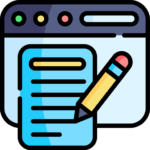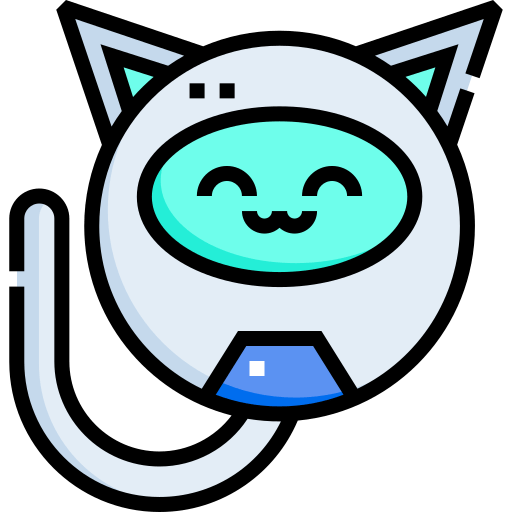
The ideal post length for engaging readers can vary based on several factors, including your audience, the nature of your content, and your goals. However, here are some general guidelines to consider:
- Quality over Quantity: While longer posts can provide in-depth information, it’s crucial to prioritize the quality of your content. A well-written, concise post can be just as engaging as a longer one if it provides value and addresses your audience’s needs.
- Audience Attention Span: Online readers tend to have shorter attention spans. Aim to capture their interest quickly and deliver valuable information within the first few paragraphs.
- Topic Complexity: Some topics naturally require more explanation and detail. Complex subjects might warrant longer posts to thoroughly cover the subject matter.
- Search Engine Optimization (SEO): Longer posts tend to rank better in search engines, as they often provide more comprehensive information. However, avoid filler content; every part of your post should add value.
- Scannability: Break up longer content with headings, subheadings, bullet points, and visuals to make it easier for readers to skim and find relevant information.
- Engagement: If your audience is highly engaged and interested, they might be willing to read longer posts. Analyze your audience’s behavior and engagement metrics to determine their preferences.
- Mobile Optimization: Many readers access content on mobile devices, so consider how your post appears and reads on smaller screens.
- Format Variation: Mix up your content formats. Alongside longer articles, consider incorporating shorter pieces like listicles, how-to guides, infographics, videos, and podcasts.
- Value Proposition: Ensure that your content fulfills a clear value proposition. Whether it’s solving a problem, providing entertainment, or offering insights, the content’s value matters more than its length.
- User Experience: A positive user experience is crucial. If your content is too long, consider breaking it into a series of posts or providing downloadable resources for readers to reference later.
In terms of specific word counts, here are some general guidelines:
- Short-form content: Around 500-800 words. These are great for quick tips, updates, and news pieces.
- Medium-form content: 800-1,500 words. This length allows for more in-depth exploration of a topic while still catering to shorter attention spans.
- Long-form content: 1,500-3,000+ words. These are suited for comprehensive guides, tutorials, and in-depth analysis. They can also help establish your authority in a field.
The key is to create content that provides value, engages your audience, and matches their preferences. Monitor engagement metrics, such as time spent on page, bounce rates, and social shares, to assess the effectiveness of your content length and format.
AI tools that can help optimize your blog post length

There are not many AI tools specifically designed to optimize a blog post length. However, AI-driven content analysis tools can still help you assess and refine your blog post length for better readability and engagement.
These tools analyze your content and provide insights that can guide you in optimizing your post length. Keep in mind that the availability of tools may have changed since then, so it’s a good idea to explore the latest options. Here are a couple of tools that were commonly used:
- Hemingway App: While not strictly an AI tool, the Hemingway App analyzes your writing and suggests improvements to make your content more concise and readable. It highlights complex sentences, unnecessary adverbs, and other readability issues that might impact your blog post’s length.
- Yoast SEO: Yoast is a popular WordPress plugin that provides SEO insights for your blog posts. It offers content analysis and suggestions to improve your post’s SEO and readability. While not AI-driven, it can help you optimize your content for both search engines and readers.
- Scribbr’s AI Checker: Scribbr offers an AI-driven tool that provides suggestions for improving the clarity and readability of your text. While it’s more geared toward academic writing, it can still be useful for optimizing blog posts.
- Grammarly: Grammarly is a widely used writing assistant that offers suggestions for improving sentence structure, grammar, and clarity. While it doesn’t specifically focus on post length, it can indirectly help you tighten your writing.
- SurferSEO: SurferSEO is an SEO tool that analyzes top-ranking pages and provides insights on content structure, keyword usage, and suggested post length based on the top-performing content for a given keyword.
- Clearscope: Clearscope is a content optimization platform that uses AI to analyze top-ranking pages for a specific keyword. It suggests relevant terms to include in your content and indirectly helps you optimize post length by identifying key concepts to cover.
While these tools can provide valuable insights, the ultimate goal is to create content that provides value to your audience. Prioritize readability, engagement, and relevance over hitting a specific word count. It’s also a good practice to keep experimenting and measuring the impact of different post lengths on your audience’s behavior and engagement metrics.






